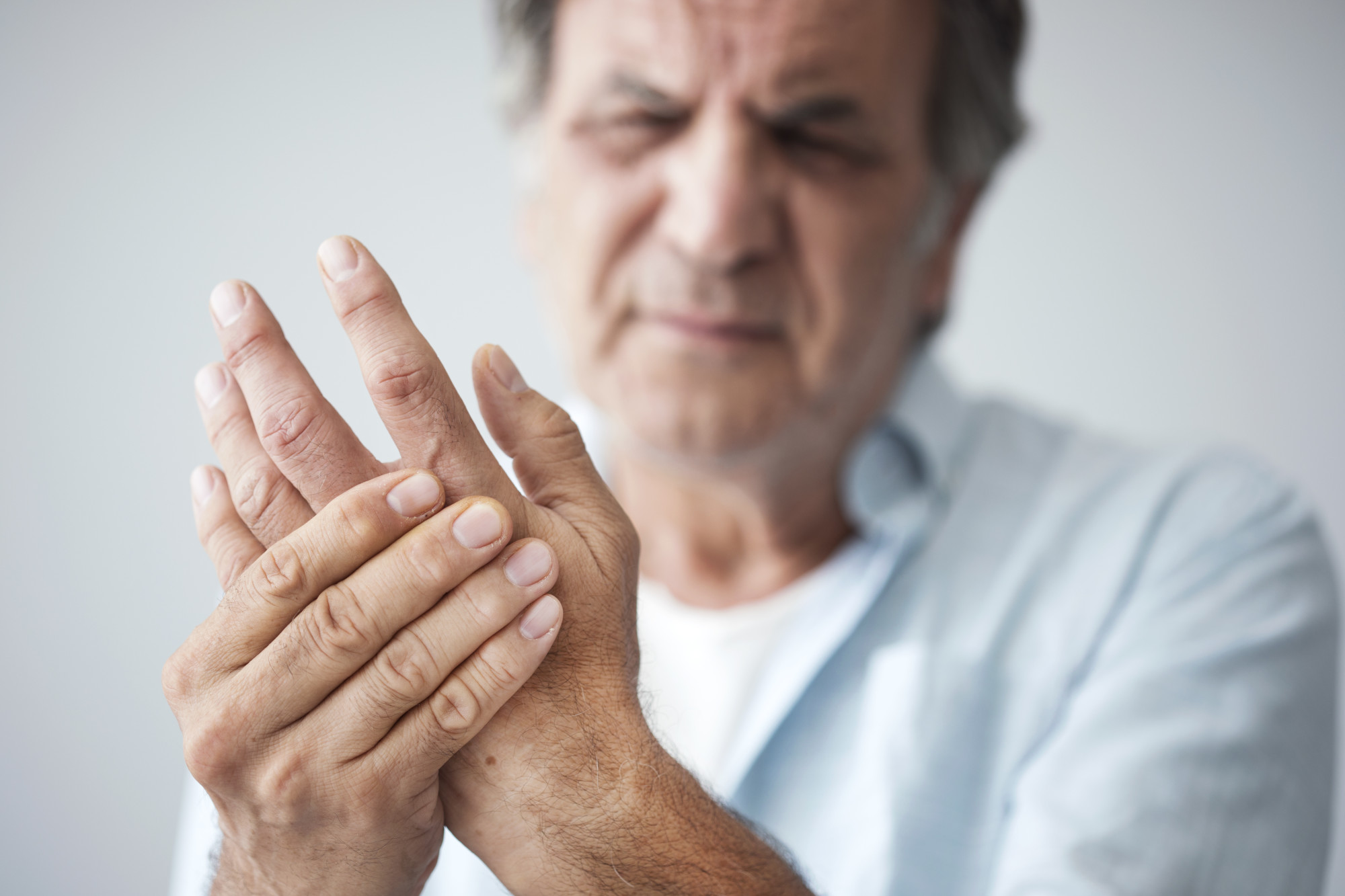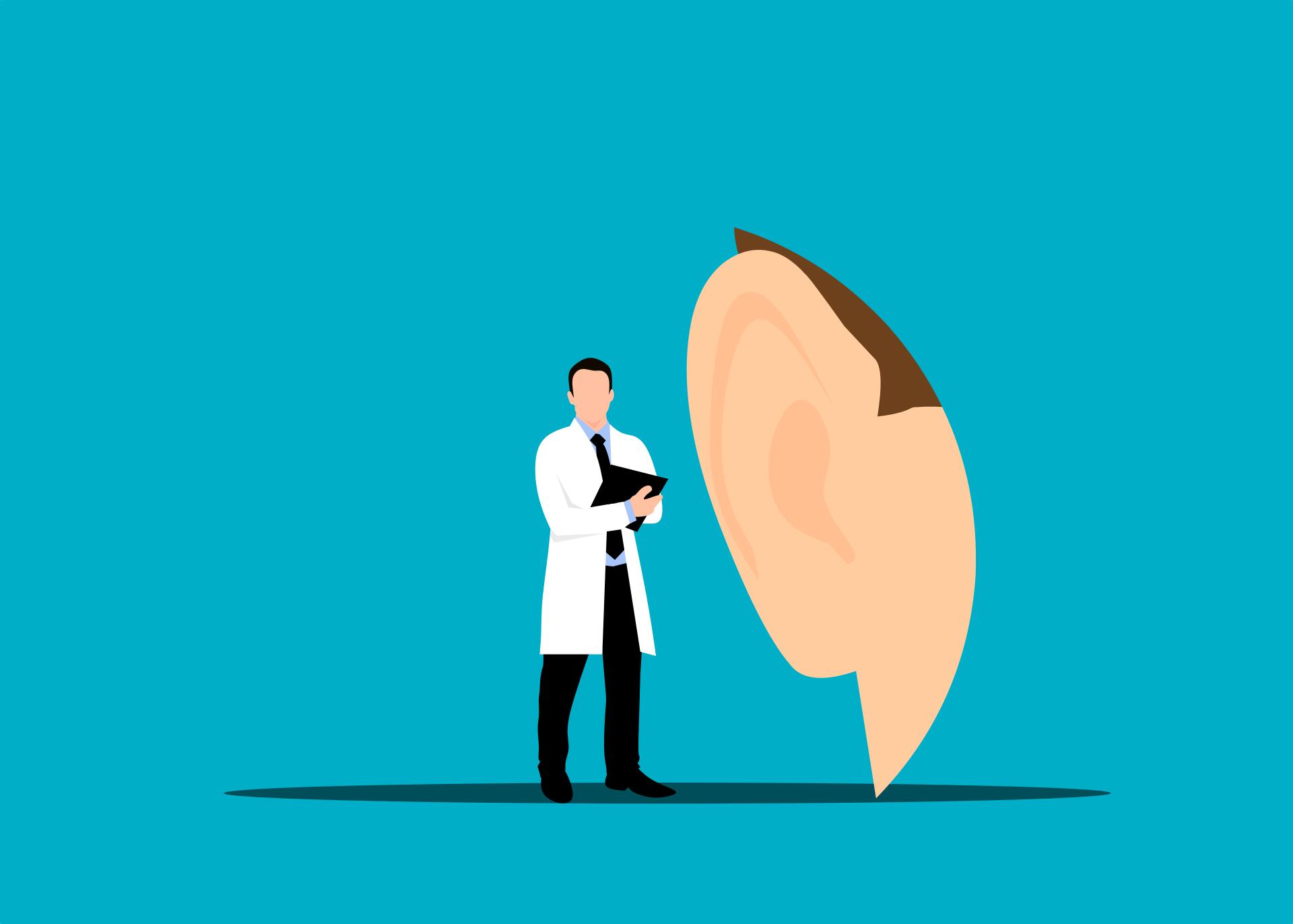
What Does Arthritis Pain Feel Like and How Do I Know I Have Arthritis?

Over 100 forms of arthritis affect 54 million people in the US each year. How do you know if your sore joints are due to this disease – or something else entirely?
Arthritis is caused by several factors, ranging from genetics to getting older. You can’t catch it like a cold – but some things will make you more susceptible to it.
The signs of arthritis range from minor regular pain to sudden-onset chronic pain. But what does arthritis pain feel like – and how do you find out that arthritis is the cause?
Keep reading to find out the most common forms of arthritis, their symptoms, and how your doctor will test for arthritis.
Common Types of Arthritis
There are two main types of arthritis: osteoarthritis and autoimmune arthritis. They have different causes and symptoms.
Osteoarthritis
This is caused by worn-down cartilage between the joints. The bones rub together, resulting in pain.
Osteoarthritis (OA) is more common in older people or at previous injury sites. For example, if you tore ligaments in your knee when you were a high school athletics champion, this could cause OA in later life.
Autoimmune Arthritis
The most common type of autoimmune arthritis is called rheumatoid arthritis. There are, however, many different types of autoimmune arthritis.
The common factor between the types is the cause. The body has an autoimmune reaction and thinks the joints are a disease that needs to be attacked to get rid of it.
When you have a cold, your autoimmune system creates antibodies to identify and destroy the invading virus cells that cause the cold. For arthritis, these antibodies attack the body itself. The result is chronic inflammation and degeneration of the joints and cartilage over time.
Symptoms of Arthritis
The two main types of arthritis have different symptoms, because of the different causes. These are some of the most common symptoms of arthritis to look out for.
Symptoms of Osteoarthritis
You may experience some or all of these symptoms when you first notice joint pain caused by OA:
- Joint pain in one or several joints
- Joint pain in the morning lasting 30 minutes or less
- Unilateral joint pain (in just one knee, hand, foot, etc)
- Worsening joint pain after heavy exercise
- Stiffness in the joint after inactivity
- Less flexibility in your joints
- A grating or knocking sensation when you move the joint
The type of pain can be mild or more severe. Sometimes, it gets worse over time as the bone starts to wear away – others find pain reaches a certain level and doesn’t deteriorate further. Read below for more information about what arthritis pain feels like.
Symptoms of Rheumatoid and Autoimmune Arthritis
The autoimmune response causes a much wider range of symptoms for rheumatoid arthritis. The body attacks the joint, the lining of the joint (the synovium), the cartilage, and even other organs.
- Joint pain that fluctuates day-to-day
- Swollen joints
- Joints that are hot to the touch
- Stiffness first thing in the morning lasting hours
- Increased stiffness after inactivity
- Fatigue
- Difficulty sleeping
- Headaches or mental ‘fuzz’
- Dry eyes
- Dry mouth or difficulty swallowing
- Sweating
- Loss of appetite
- A constant low-grade fever
- Unintended weight loss
- Symmetrical joint pain (both hands, feet, or knees, etc)
- Chest pain
- Family history of autoimmune arthritis
As you can see, the symptoms are far more varied and severe. The common thread between all types of arthritis, however, is the pain.
What Does Arthritis Pain Feel Like?
It’s important to understand that arthritis pain feels different depending on whether you have OA or an autoimmune version of the disease.
You can also have both OA and autoimmune arthritis. This often occurs because the autoimmune one has degraded the cartilage in the joints, causing the bones to rub together. This, in turn, creates ‘bone spurs’ or other symptoms of OA.
So, you might feel both types of pain – but they are caused by different forms of arthritis.
Pain Caused by OA
The pain felt by OA sufferers is often described as grinding or creaking when the joint is moved. It may feel stiffer after lots of exercise, too.
If you feel sore and stiff when you wake up in the morning, in a specific joint (or several), but get better in the first half-hour of waking, OA may be the culprit.
Joints don’t tend to feel hot or look red. They may be swollen, particularly if the OA is exacerbated by excessive exercise.
Pain caused by OA often responds well to over-the-counter pain relief medications, especially in the early onset of the disease.
Pain Caused by Rheumatoid or Autoimmune Arthritis
Autoimmune arthritis causes a more full-body type of pain for most sufferers. Fatigue and exhaustion is a major symptom that your pain is rooted in an autoimmune arthritic condition, too.
Your pain will fluctuate in severity even from hour to hour, and definitely day-to-day. Some days you’ll feel much better – but other days may see you feel a ‘flare-up’, where the pain is much worse for no apparent reason.
Joints often swell, look red, and feel hot to the touch. The pain of rheumatoid arthritis is more constant than OA: it’s more like a throbbing or burning than a grinding.
How Arthritis Is Diagnosed
If you’re experiencing arthritic symptoms, make sure you see a doctor soon. Autoimmune arthritis can be delayed if it’s caught early, too, so the faster you receive treatment the easier it is to stave off the degenerative effect of the disease.
Doctors use x-rays, MRIs, and even blood tests to find out if you have arthritis. When they know which type you have, they’ll create a treatment plan. For OA, this could be exercise, physical therapy, or joint replacements.
For autoimmune arthritis, treatment is more complex. You’ll need to take biologic drugs to stop your body from attacking itself, and may also require physical therapy, joint replacements, or other surgical interventions.
Managing Arthritis Pain at Home
What does arthritis pain feel like when you’re not getting treatment? It’s a constant, exhausting, grinding pain.
However, accessing treatment can take some time while your physician diagnoses your type of arthritis and creates a personalized treatment plan. Living through your pain while waiting for this process can be unbearable.
The good news is you can manage your arthritis pain at home with some over-the-counter remedies while you wait for your doctor to treat you. Take a look at our home treatments for arthritis to help relieve your pain – and then book to see your doctor ASAP!
Related Posts


